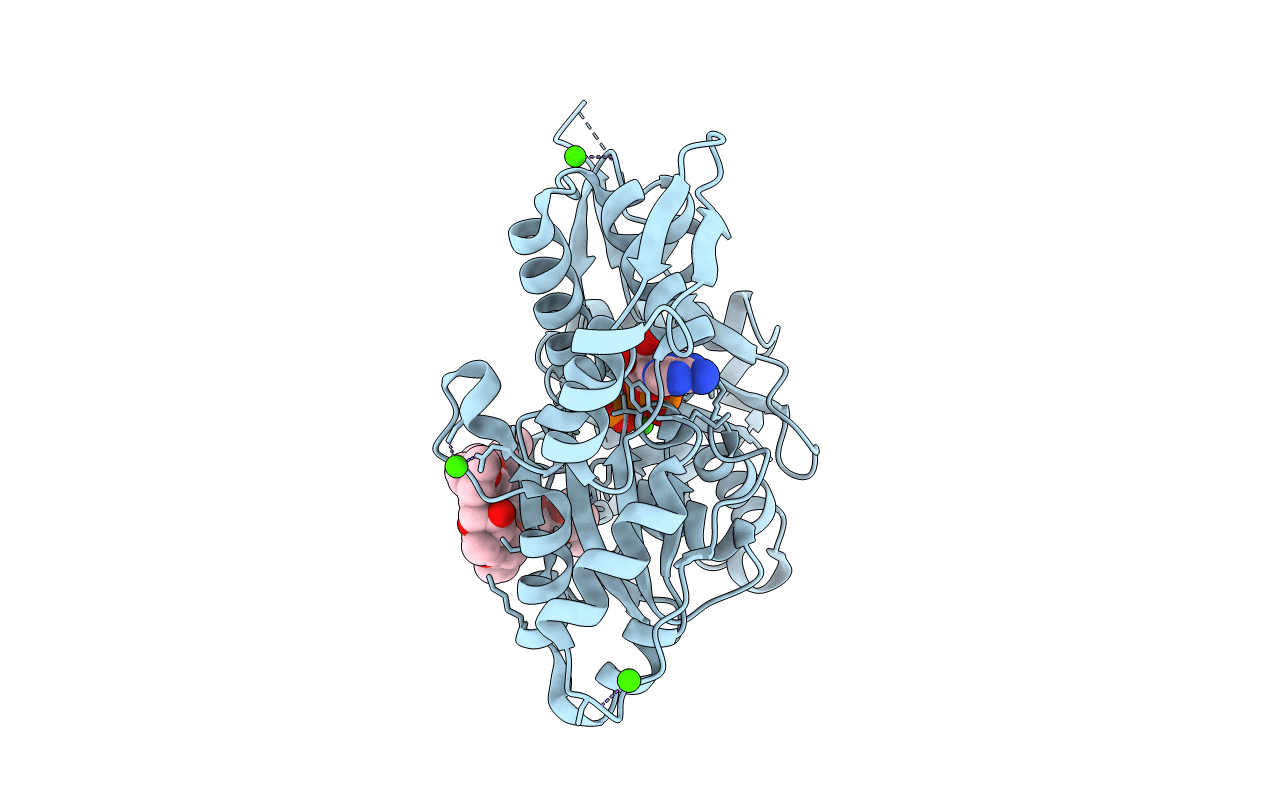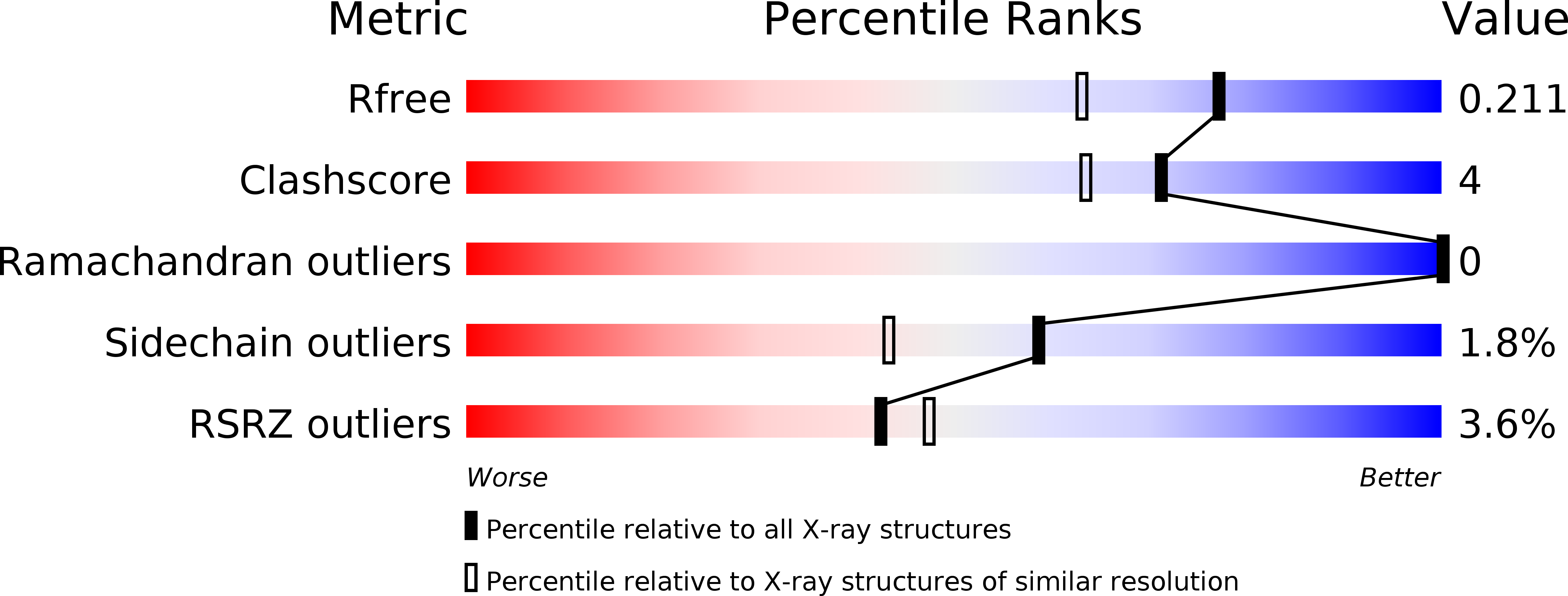
Deposition Date
2007-05-22
Release Date
2007-07-17
Last Version Date
2023-08-30
Method Details:
Experimental Method:
Resolution:
1.70 Å
R-Value Free:
0.20
R-Value Work:
0.16
R-Value Observed:
0.17
Space Group:
C 1 2 1


